- About Us
- Our History
-

Overview
Our origins as the first large-scale research facility in the north-eastern United States.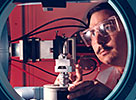
Discoveries
Brookhaven is home to discoveries that led to seven Nobel Prizes.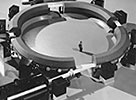
Unique Facilities
The Lab was conceived to design, construct and operate large scientific research machines.
-
- Awards
- Leadership Team
- Brookhaven Science Associates
- Economic Impact
- Stakeholder Relations
- Values & Conduct

Reactors as Research Tools
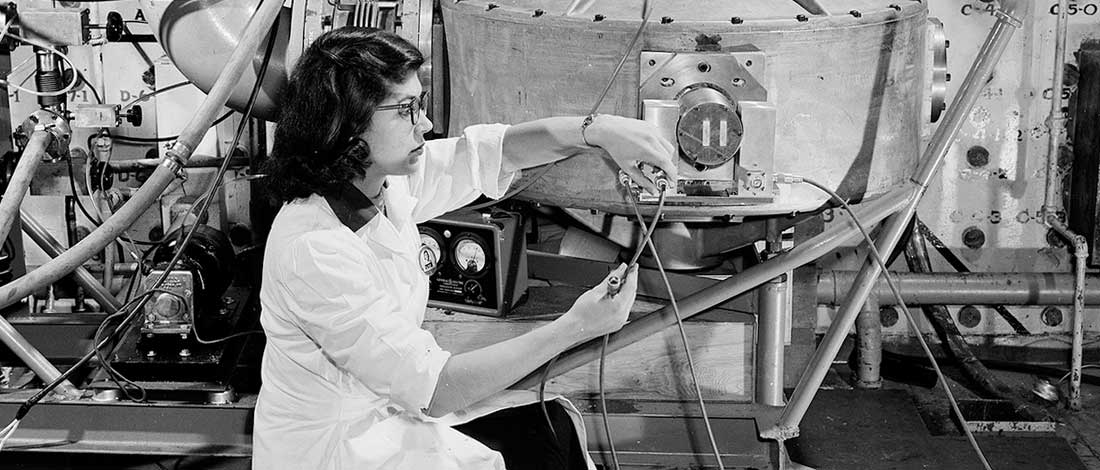
Brookhaven Graphite Research Reactor
The Brookhaven Graphite Research Reactor (BGRR) was the Laboratory's first big machine and the first peace-time reactor built in the United States following World War II. The reactor's primary mission was to produce neutrons for scientific experimentation and to refine reactor technology. At the time, the BGRR could accommodate more simultaneous experiments than any other reactor. Scientists and engineers from every corner of the U.S. came to use the reactor, which was not only a source of neutrons for experiments, but also an excellent training facility.
Researchers used the BGRR's neutrons as tools for studying atomic nuclei and the structure of solids, and to investigate many physical, chemical and biological systems. Scientists also studied the effects of radiation on materials. An estimated 25,000 irradiations were performed over the reactor's lifetime, on specimens ranging from seeds to art treasures.
Neutrons produced by the reactor also served as probes, to study the structure and behavior of other materials. "Loop" experiments were another important area of research, in which measurements were made of the radiation-induced changes in the properties of liquids and gases as they flowed through the reactor. Radioactive isotopes produced at the BGRR were especially useful in medical diagnosis and therapy and in industrial technology.
By 1955 it was clear that the neutron fluxes available at the BGRR and at research reactors elsewhere were not high enough to support proposed experiments. By 1958, a new reactor concept designed at Brookhaven had been approved for construction by the Atomic Energy Commission. This would become the High Flux Beam Reactor.
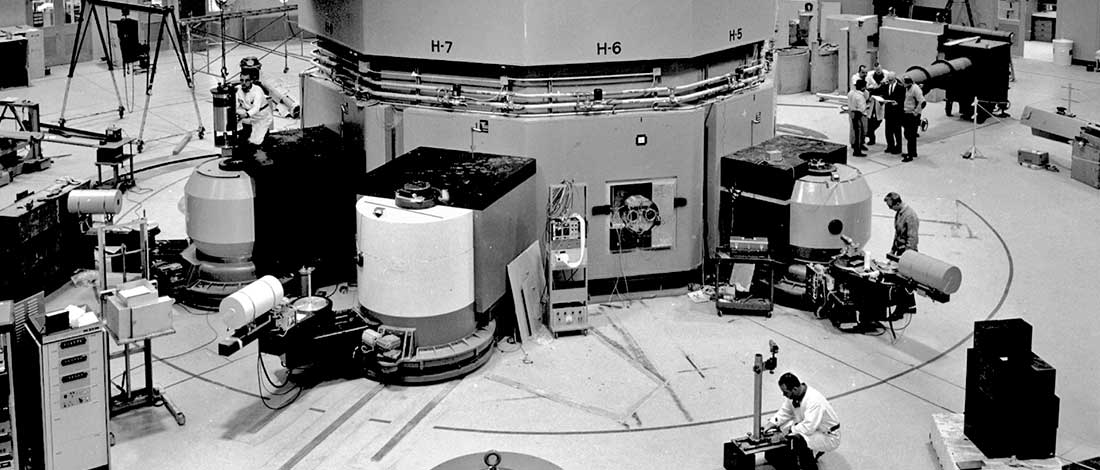
High Flux Beam Reactor
Building upon experience gained with the Brookhaven Graphite Research Reactor, the High Flux Beam Reactor was designed probe the nature of matter even more deeply. During its 31 years of operation, the reactor achieved an enviable record as a dependable source of neutrons—the sub-atomic probes crucial to a wide array of scientific research programs. The neutron flux in the HFBR reached its maximum outside the reactor core, where it was more readily available for experiments, rather than inside the core, as with most reactors.
The structure of the "protein factory" of the cell, the 16-part ribosome, was first revealed at the HFBR, as was the structure of myelin, the protein that coats nerve cells. New uses of radioactive isotopes were developed at the HFBR for treating cancer, cardiovascular disease, arthritis, and other medical disorders.
The study of one-, two-, and three-dimensional magnets near their critical temperatures at the HFBR helped scientists formulate and test Nobel Prize-winning theories of cooperative ordering in large collections of atoms. HFBR scientists addressed the riddle of superconductivity at temperatures above 90 degrees kelvin in high temperature superconductors, demonstrating a relationship between this phenomenon and magnetism.
The HFBR also allowed researchers to study the basic nature of chemical structures, including the hydrogen bond that holds much of our world together. In a series of experimental milestones, HFBR scientists determined the structures of the 23 amino acids, that make up every protein in every cell in living things.
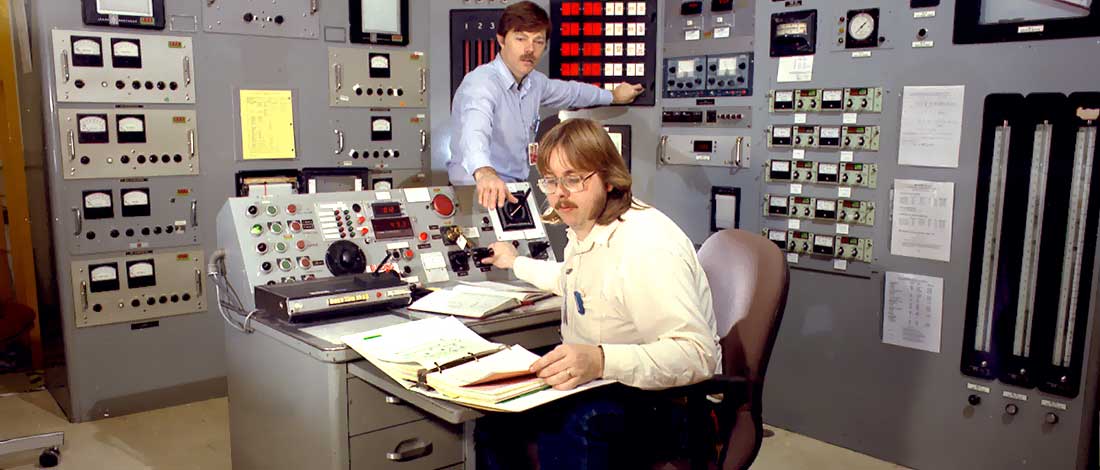
Medical Research Reactor
To meet scientists' needs for neutrons for medical research, the Brookhaven Medical Research Reactor (BMRR) was built. This reactor, which was the first in the nation to be constructed specifically for medical research, reached criticality on March 15, 1959 and continued operations until December 2000. It produced a maximum neutron flux of about 20 trillion neutrons per square centimeter per second.
One of the reactor's four faces was equipped for the irradiation of large objects, while the holes that penetrated another face permitted irradiation of samples, activation analysis and production of short-lived radioisotopes. From the remaining two ports, streams of neutrons traveled to treatment rooms, for carefully controlled animal and clinical studies.
One of the treatments pioneered at this reactor was boron neutron capture therapy, or BNCT. This promising treatment was developed for use against glioblastoma multiforme, an otherwise untreatable and deadly form of brain cancer.




